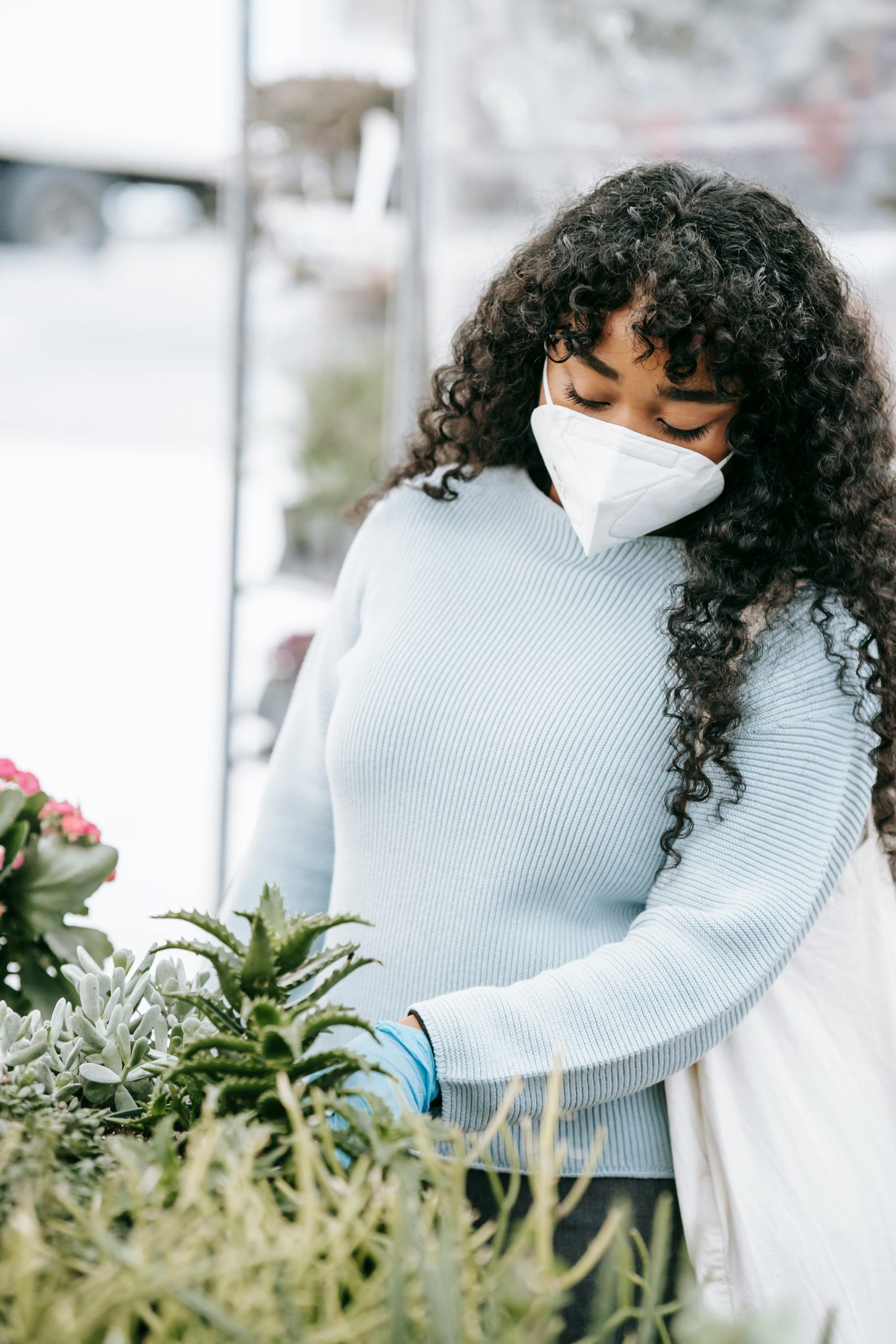Has anyone here used Chiyoda baking pans? I recently purchased some from Japan and noticed they have gold spots in certain areas (you can check the pictures on my profile). I’m trying to confirm if they are food-safe.
The pans are made from tin-plated steel with a silicone coating, but I can’t find much information on this “patina” online. I reached out to their customer service, but unfortunately, their response was pretty uninspiring, and they seemed hesitant to provide details.
They mentioned that it’s called “suzume,” a type of patina that appears on high-quality metalwork. However, my research indicates that tin-plated steel usually doesn’t develop a golden patina.
The oval pan has a consistent color that matches other Chiyoda pans, but the small shell-shaped one is the only one with the golden tint. I read a ton of reviews before buying these, and none mentioned any gold spots, which is why I’m feeling worried.
If anyone has insights or experiences with these pans, I would greatly appreciate your input!

Leave a Reply
You must be logged in to post a comment.